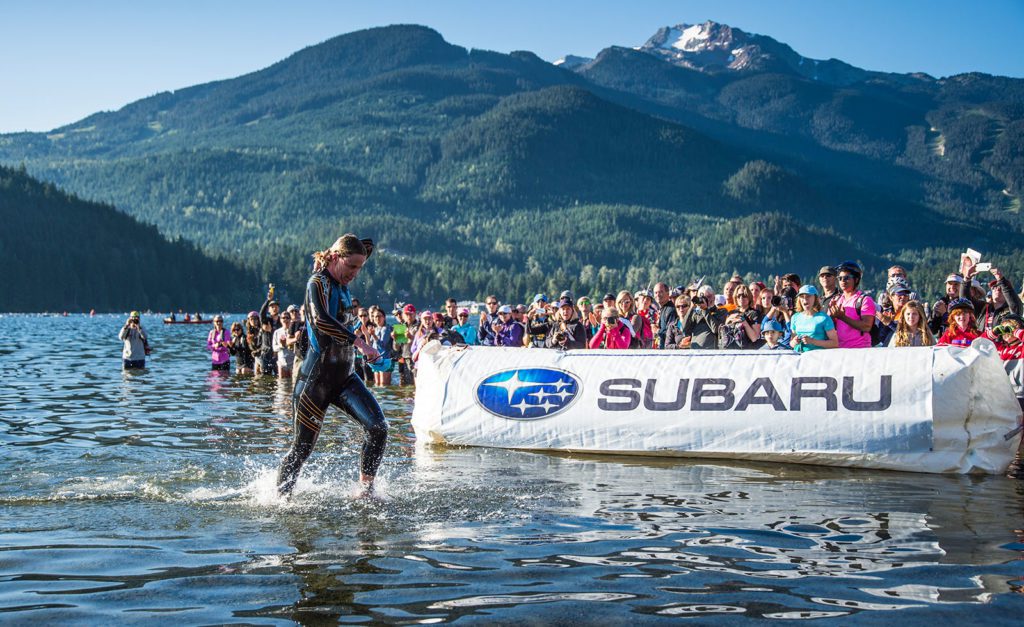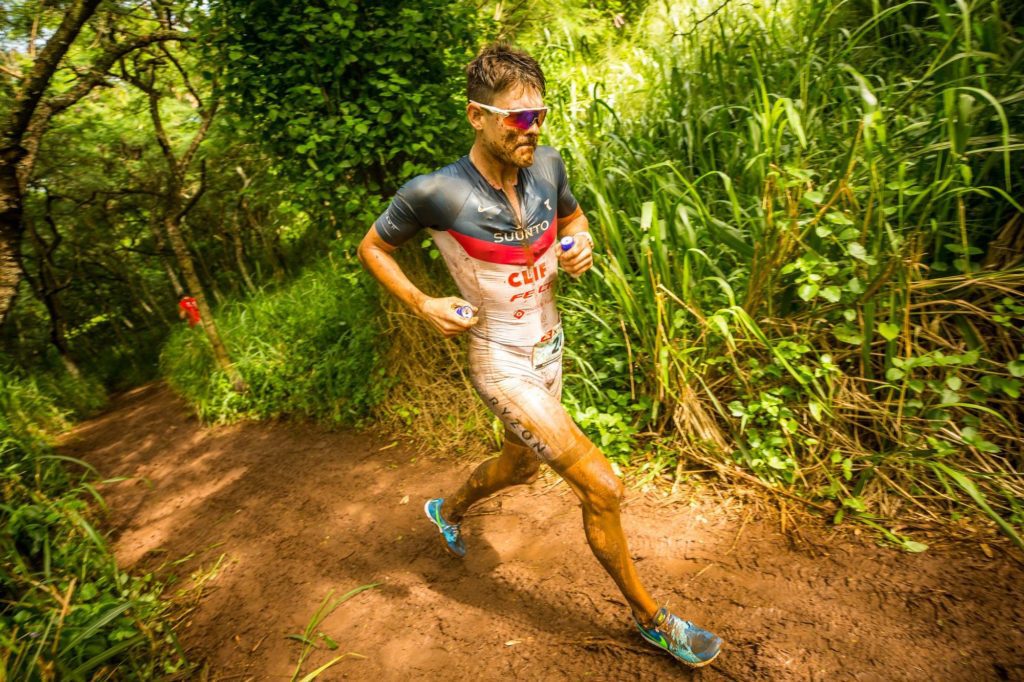New Year Detox: Back to fitness
It's time to ease back into a routine and set a vision for your season.

— by Karsten Madsen
From the time Christmas wraps up, we start to consider goals for the next year. Truth be told, I’m not a big fan of letting a calendar dictate when you set goals. But, as I’ve gotten older, I have realized that it’s a time in the year when we have the opportunity to reflect and plan ahead.
Related: New Year, New You!
Triathletes set goals that seem insane to most people. The goals we have are doing an Ironman, crushing an Xterra, winning your age group, etc. We don’t have a problem of getting in enough exercise.
As an athlete and a coach, I’ve set a lot of goals and helped others with their goals. Here are a few tips to help you create and reach your goals.
Putting pen to paper
Write down what you want. Start five years out and work backwards. Five years may seem excessive, but it will help you think big and give your training a long-term vision. The goal (s) can be more general, like setting a better work-life balance.
Related: Goal setting for training, racing and life
Next, pick your “A” race for the season and the kind of result you dream about. This is the time to be greedy, so don’t hold back on the goal. Once you have your race and goal finishing time, begin to work backwards.

Plan Plan Plan
It’s time to build out the actual plan. This is where things become tricky, especially as a coach.
Most people come out of December swinging for the fences – they go from very little training to massive amounts. Don’t do that. Start small and easy. Progression is your friend. The small and easy sets allow you to accumulate a level of training frequency – this is the foundation of success.
I tell all my athletes, “I’d rather you give me 85 per cent effort 100 per cent of the time, instead of 100 per cent effort and risk overreaching and injury.” Trust me, I spent the larger part of 2017 sick and injured for that reason.
Related: Karsten Madsen finishes seventh at the 2018 Xterra World Championship
Using training tools like Training Peaks, Strava or a notebook (the old school method) are great ways to log workouts, reflect on training and plan upcoming sessions.
If you don’t have a coach and are looking to do it on your own, work with the idea of starting smaller than you think. Adding 10% per week to your workload is a good rule of thumb.
Support
Now that we have a goal and plan, it is time to discuss support.
I have a very small inner circle of people that know my biggest goals and fears. Lean on your family and close friends, they play a bigger role in your goals than you might think.
For example, training for an Ironman requires a significant amount of your time. So, you will have to be upfront and honest with your significant offers about your plans.
So we are clear, I don’t mean support in terms of they do all the housework – you still need to pull your normal weight. However, having their support will put your mind at ease and help you work towards your goals.
The wrap-up

You will know if you have set a good goal based on two things – it excites you and scares you. It’s important to dream big, but having a calculated plan to go along with it a core group of people supporting you is key.


